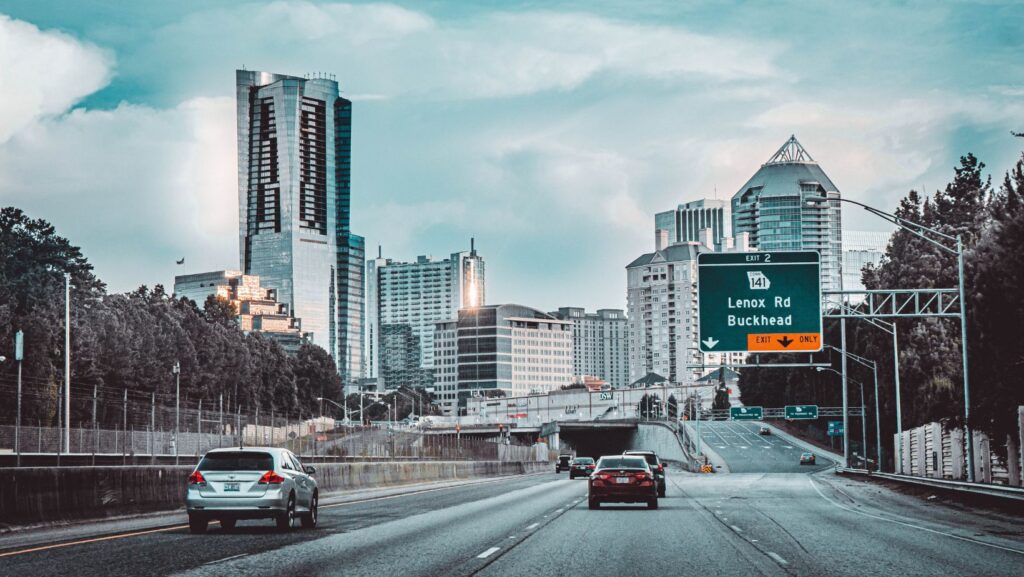
If Your Vehicle Becomes Disabled on an Expressway You Should
Have you ever found yourself in a situation where your vehicle suddenly becomes disabled on an expressway? It can be a nerve-wracking experience, but fear not! In this article, I’ll share with you some essential tips on what you should do if you find yourself in this unfortunate predicament. From ensuring your safety to contacting the right authorities, I’ve got you covered. So, let’s dive in and explore the best course of action to take when your vehicle becomes disabled on an expressway.
When your vehicle breaks down on an expressway, it’s crucial to prioritize your safety and the safety of others around you. We’ll discuss the importance of finding a safe spot to pull over and how to use hazard lights effectively to alert other drivers. Additionally, I’ll provide you with practical advice on how to protect yourself and your passengers while waiting for assistance. Remember, staying calm and taking the right steps can make all the difference in such a situation.
Finding a Safe Spot to Pull Over
When your vehicle becomes disabled on an expressway, finding a safe spot to pull over is crucial for your safety and the safety of other drivers on the road. Here are a few tips to help you find that safe spot:
- Stay calm and signal your intentions: As soon as you realize there’s a problem with your vehicle, remain calm and use your turn signal to communicate your intention to pull over. This way, other drivers will be aware of your situation and can make necessary adjustments.
- Look for an emergency lane or breakdown lane: Most expressways have designated emergency lanes or breakdown lanes where you can safely stop your vehicle. These lanes are wider and provide a buffer zone between your vehicle and moving traffic. Aim to reach one as quickly and safely as possible.
- Exit the expressway if possible: If you spot an exit ramp nearby, it’s usually a safer option to exit the expressway and pull over in a parking lot or a safe area away from traffic. Exiting the expressway will minimize the risk of getting hit by passing vehicles and provide you with a safer place to assess the situation.
- Choose a level and visible spot: Once you’ve found a safe spot to pull over, make sure it’s level and easily visible to other drivers. Avoid stopping on curves or hills, as it can be difficult for other drivers to see your vehicle. It’s also important to be visible, especially during low-light conditions, so consider turning on your hazard lights.
Remember, your safety is the top priority when your vehicle becomes disabled on an expressway. By following these tips and finding a safe spot to pull over, you’ll minimize potential risks and ensure that help can reach you more easily. Now, let’s move on to the next step: using hazard lights effectively.

Using Hazard Lights Effectively
When your vehicle becomes disabled on an expressway, one of the most crucial steps to take is to use your hazard lights effectively. They serve as a signal to other drivers that there is a problem with your vehicle and that they need to proceed with caution. Here are some tips on how to use your hazard lights in the most effective way:
- Activate your hazard lights as soon as possible: As soon as you realize that your vehicle has become disabled, it’s important to activate your hazard lights immediately. This will alert other drivers and give them time to react and adjust their driving accordingly.
- Use hazard lights even if you’re in emergency lanes or breakdown lanes: Even if you have managed to pull over into an emergency lane or breakdown lane, it’s still crucial to use your hazard lights. This extra level of visibility will help ensure that other drivers are aware of your presence.
- Keep hazard lights on until the situation is resolved: It’s important to leave your hazard lights on until the situation is fully resolved. This includes when you’re waiting for assistance or when you’re in the process of getting your vehicle back on the road. Leaving your hazard lights on will continue to signal other drivers to exercise caution and give you space.
- Avoid using hazard lights as a replacement for other signals: While hazard lights are useful in alerting other drivers to a problem with your vehicle, they should not be used as a replacement for other signals. It’s still important to use your turn signals when changing lanes or making turns, even if your hazard lights are on.
Remember, using hazard lights effectively is just one aspect of safely handling a vehicle breakdown on an expressway. It’s essential to stay calm, choose a safe spot to pull over, and signal your intentions to other drivers. By prioritizing safety and following these tips, you can minimize risks and navigate through this challenging situation with confidence.
Conclusion
In the unfortunate event that your vehicle becomes disabled on an expressway, it’s crucial to remain calm and take immediate action to ensure your safety. By following the tips provided in this article, you can find a safe spot to pull over and minimize the risk of accidents. Remember to use your hazard lights effectively and signal your intentions to other drivers.
If possible, try to exit the expressway and find an emergency lane or breakdown lane to pull over. Choosing a level and visible spot will make it easier for other drivers to see you. Additionally, having roadside assistance can provide you with peace of mind and a range of benefits. Trained professionals can quickly assess and fix the problem, ensuring your safety and providing necessary warning signs.






